 OLYMPIA… Washington’s Legislature has adopted more than 20 state symbols, from a state tree to a state folk song and, most recently, a state oyster and a state waterfall. But the state doesn’t have a designated “cryptid,” or cryptozoological creature – meaning an animal not proven to exist, such as Scotland’s Loch Ness Monster.
OLYMPIA… Washington’s Legislature has adopted more than 20 state symbols, from a state tree to a state folk song and, most recently, a state oyster and a state waterfall. But the state doesn’t have a designated “cryptid,” or cryptozoological creature – meaning an animal not proven to exist, such as Scotland’s Loch Ness Monster.
Nor does state law make a single mention of Sasquatch, also commonly referred to as Bigfoot and sometimes Forest Yeti, even though an organization of bigfoot researchers rank Washington as the national leader in sightings of the legendary being. Skamania and Whatcom counties adopted Sasquatch-protection laws more than a quarter-century ago.
Enter “Caleb,” a boy in Sen. Ann Rivers’ southwest Washington legislative district, who wrote a letter suggesting official status for the being that was once the mascot of the long-departed Seattle SuperSonics professional basketball team and the focus of a major 2010 exhibit at the Washington State History Museum.
Rivers, R-La Center, couldn’t resist what she views as a teaching moment. The result is Senate Bill 5816, through which lawmakers would designate Sasquatch as the state cryptid, and recognize Sasquatch’s “immeasurable contributions to Washington state’s cultural heritage and ecosystem” and the “importance of preserving the legacy of Sasquatch.”
“When our two sons were little they were fascinated with Sasquatch. The letter I received from my young constituent made it clear that children are still captivated by Sasquatch, or Bigfoot,” Rivers explained. “Why not encourage a young person who has engaged with his government and at the same time give some formal recognition to this unique part of our state’s folklore?
“I am certain that Sasquatch, the most eminent and recognizable cryptid in North America, is a native Washingtonian. And being an official state symbol has to be a big step up from being in television commercials for beef jerky.”
According to the Legislature’s website, state symbols are often adopted “after a concerted effort by citizens to have a significant item recognized for its importance to the state.” Most of the symbols adopted in the past 20 years were proposed by grade-schoolers through their local legislators.
Rivers knows people have questioned whether past state-symbol bills represent a good use of lawmakers’ time, even when suggested by children, and realizes her Sasquatch-as-symbol bill may draw a similar reaction.
“For those who will say this is silly, let me point out that the Senate has already approved an education-funding plan, and work on the new state budgets is moving along as quickly as it can,” she said.
“A bill to add Bigfoot to the list of state symbols is one of the simplest pieces of legislation we could pass this year or any year. Additionally, I can’t think of a better way for children to learn about the process of governing than to have them work on something of interest to them.
“Besides, who wants to mess with Sasquatch?”










